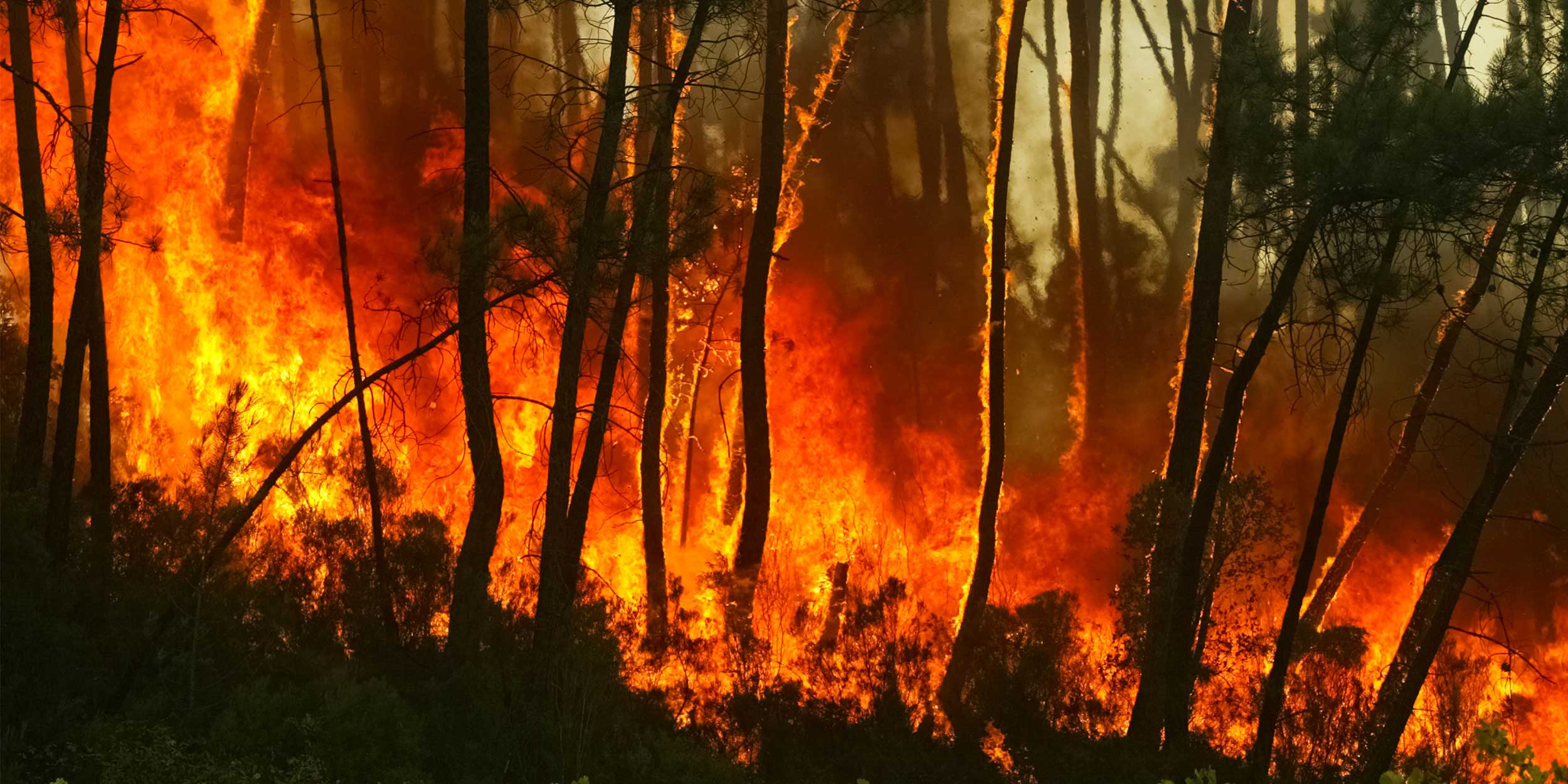The first line of defence against a wildfire
Natural hazardsArticleJuly 28, 2020
Wind-driven sparks and embers are a real threat to your property during a wildfire, more than the fire itself. But you can take action with your first line of defence.
There is a common misconception that a wildfire is like a tsunami that rolls through the forest and crashes through communities with unstoppable force, igniting everything in its path.
But this is not how wildfires spread. Typically, embers from a wildfire are blown ahead of the fire and ignite flammable materials located around properties. These materials then ignite the structure directly, or something else (like a wood shed or deck) that, in turn, set fire to property.
This is what largely occurred in Fort McMurray, when a wildfire burned out of control in Alberta, Canada, and devastated the town on May 3, 2016. More than 2,500 homes and other structures were destroyed by the fire with an estimated financial impact of $8.9 billion – the costliest disaster in Canadian history.
Wind: wildfire’s natural ally
The devastation in Fort McMurray was not caused directly by the wildfire. Instead, wind-driven sparks and embers were blown up to two kilometres ahead of the wildfire, igniting homes near the urban perimeter, which then triggered further fires in the town. This is one of the observations from Zurich’s post-event review of the disaster.
But this is actually a positive observation as fires ignited by wildfire embers are preventable. Those homes that survived the wildfire in Fort Murray did so due to their resistance to fire ignition, and not due to a random event or a matter of luck.
One of the key factors for those homes and buildings that were destroyed in the wildfire was the vegetation surrounding the properties. But businesses and homeowners can significantly reduce this exposure by following these Dos and Don’ts:
Within 10 metres of your home
| DO | DON’T |
| Have plants with moist supple leaves and deciduous trees. | Have evergreen trees and shrubs. |
| Use non-combustible materials like stone, rock, brick and concrete pavers. | Use wood chips and bark mulch. |
| Mow the lawn regularly and remove all debris. | Locate burn barrels and fire pits near any structures. |
| Remove all dry twigs, branches and leaves, including under the deck or on balconies and patios. | Allow combustible debris (e.g. trash, trade waste, vegetation waste) to accumulate. |
| Use non-combustible materials for fencing. | Stack firewood near your home or other structures. |
Within 10 to 30 metres from you home
Ensure all trees are spaced at least three metres apart. Deciduous trees are harder to ignite in a wildfire, but evergreen trees can remain if they are regularly trimmed and pruned. Remove all branches within two metres of the ground and regularly remove debris.
The area from 30 to 100 metres
Consider taking wildfire measures for this area as it will provide greater protection. This includes increasing the spacing between trees; trimming lower branches; and removing debris. These actions will reduce the intensity and speed of a wildfire approaching your home.
